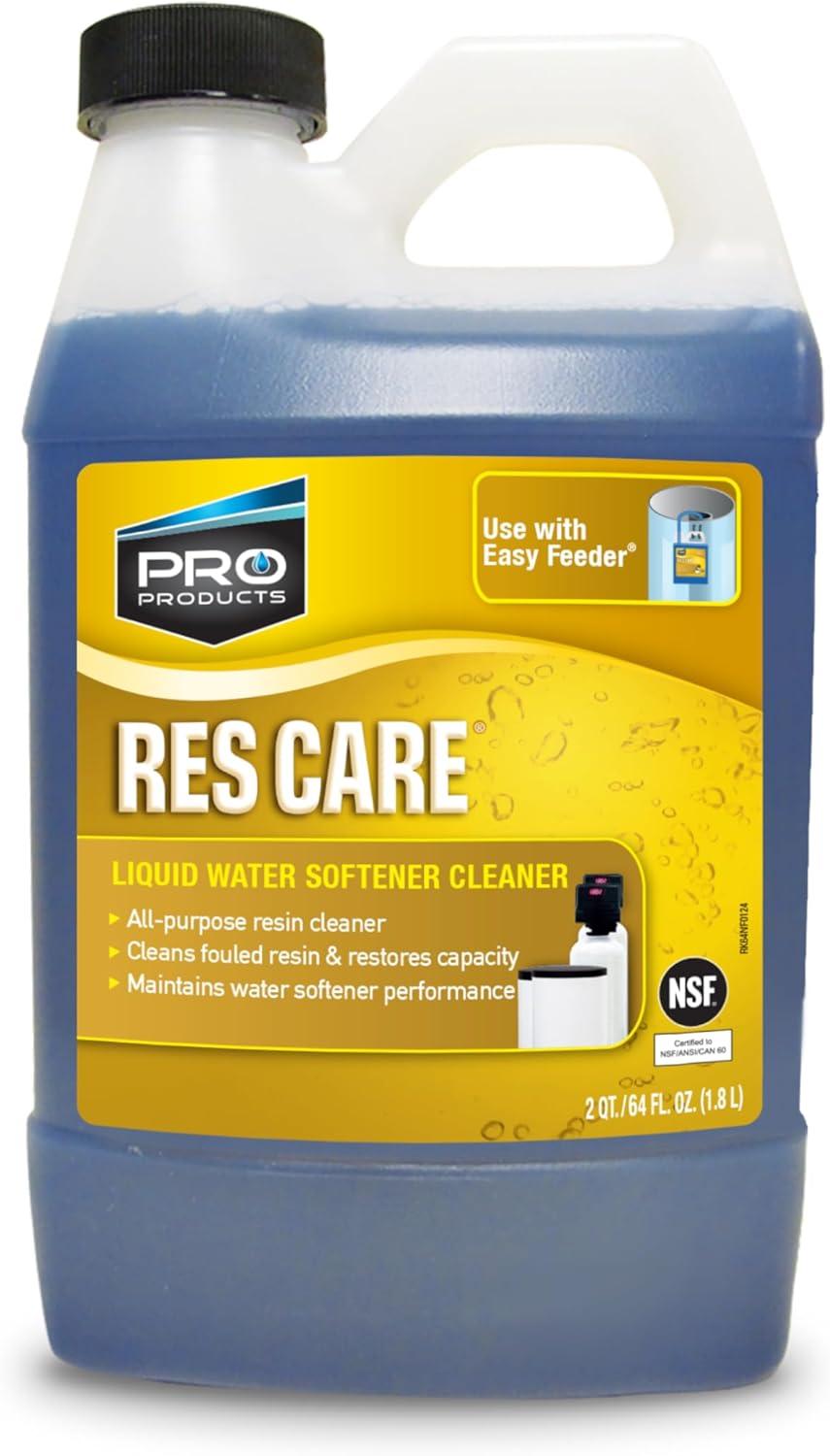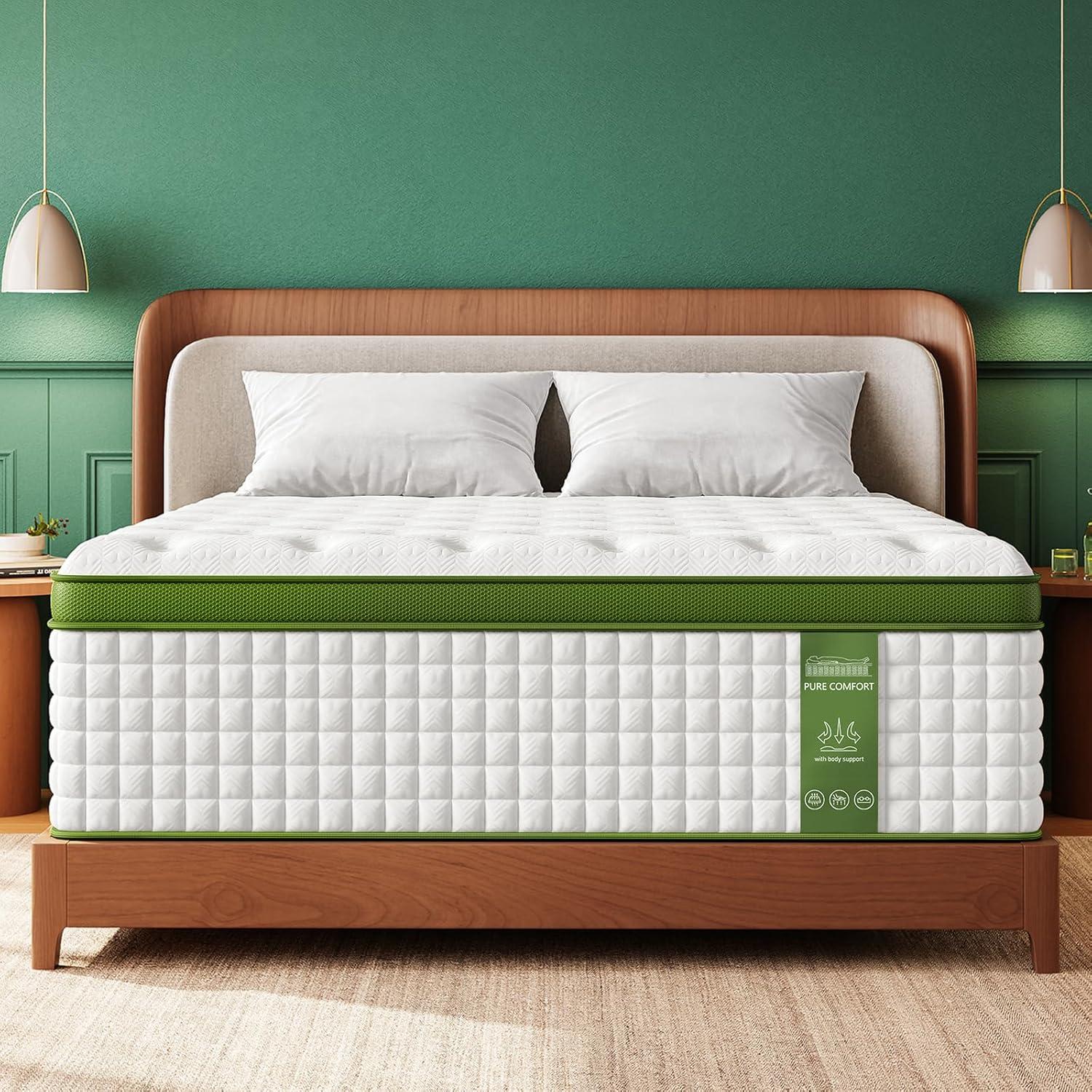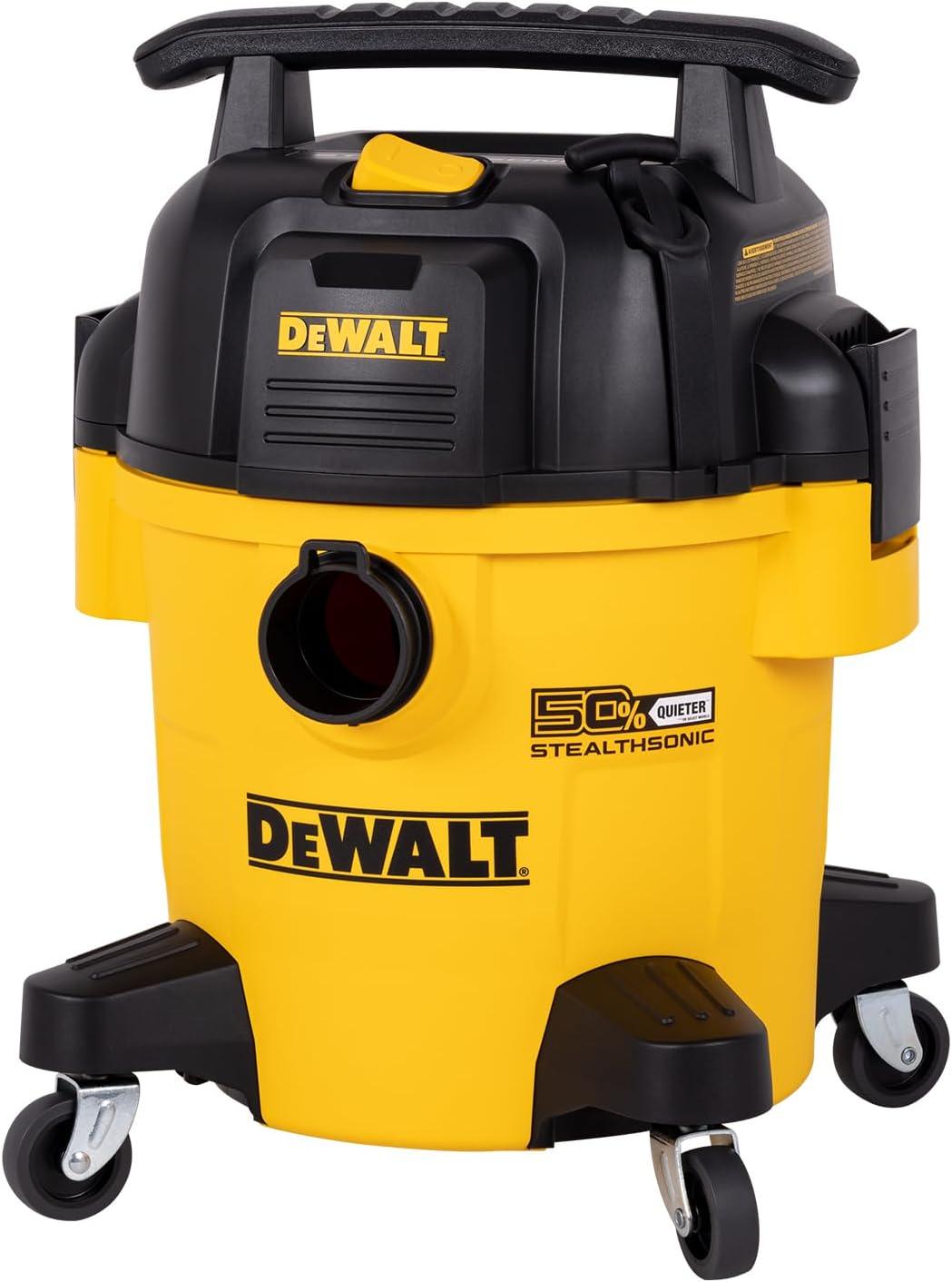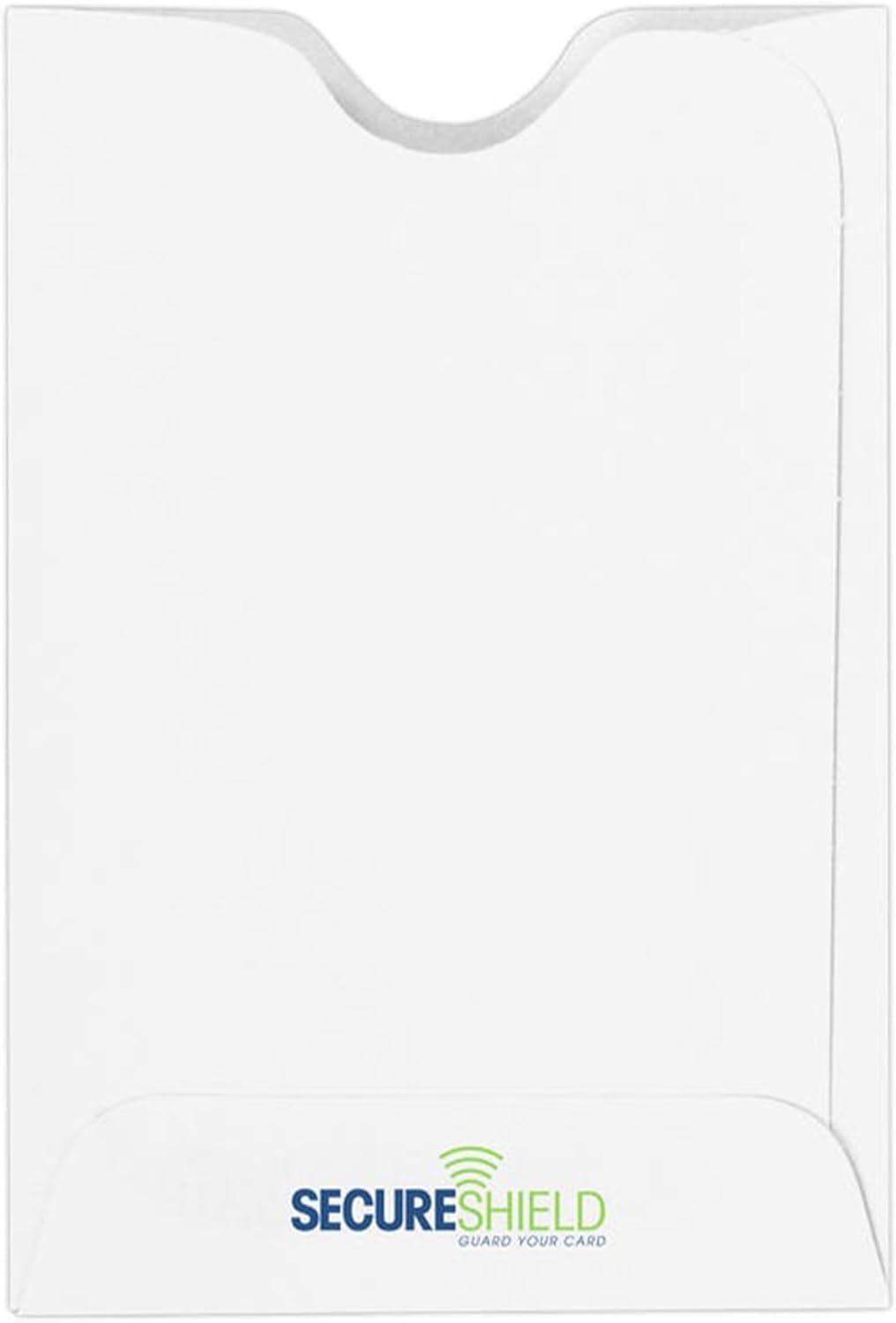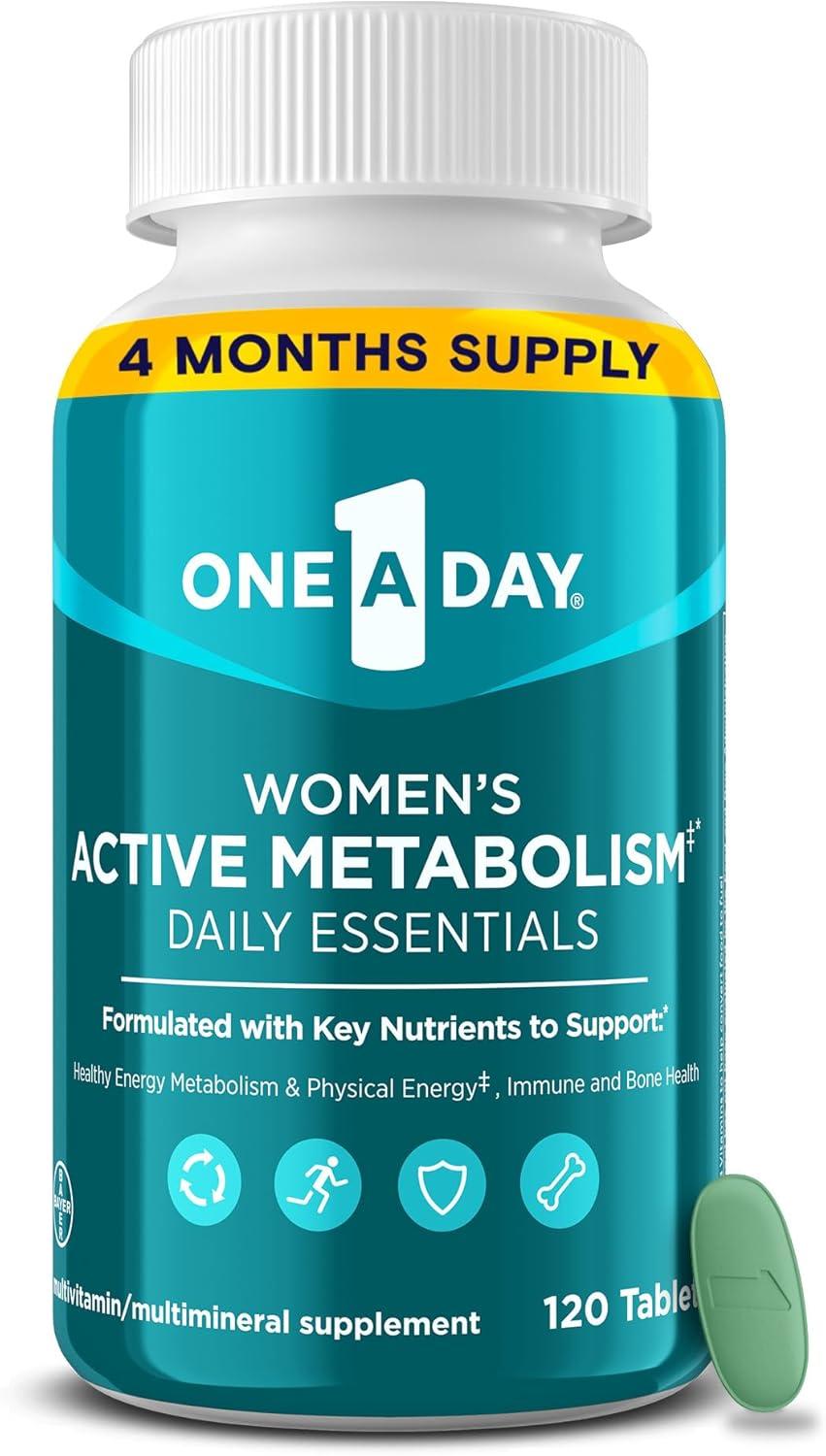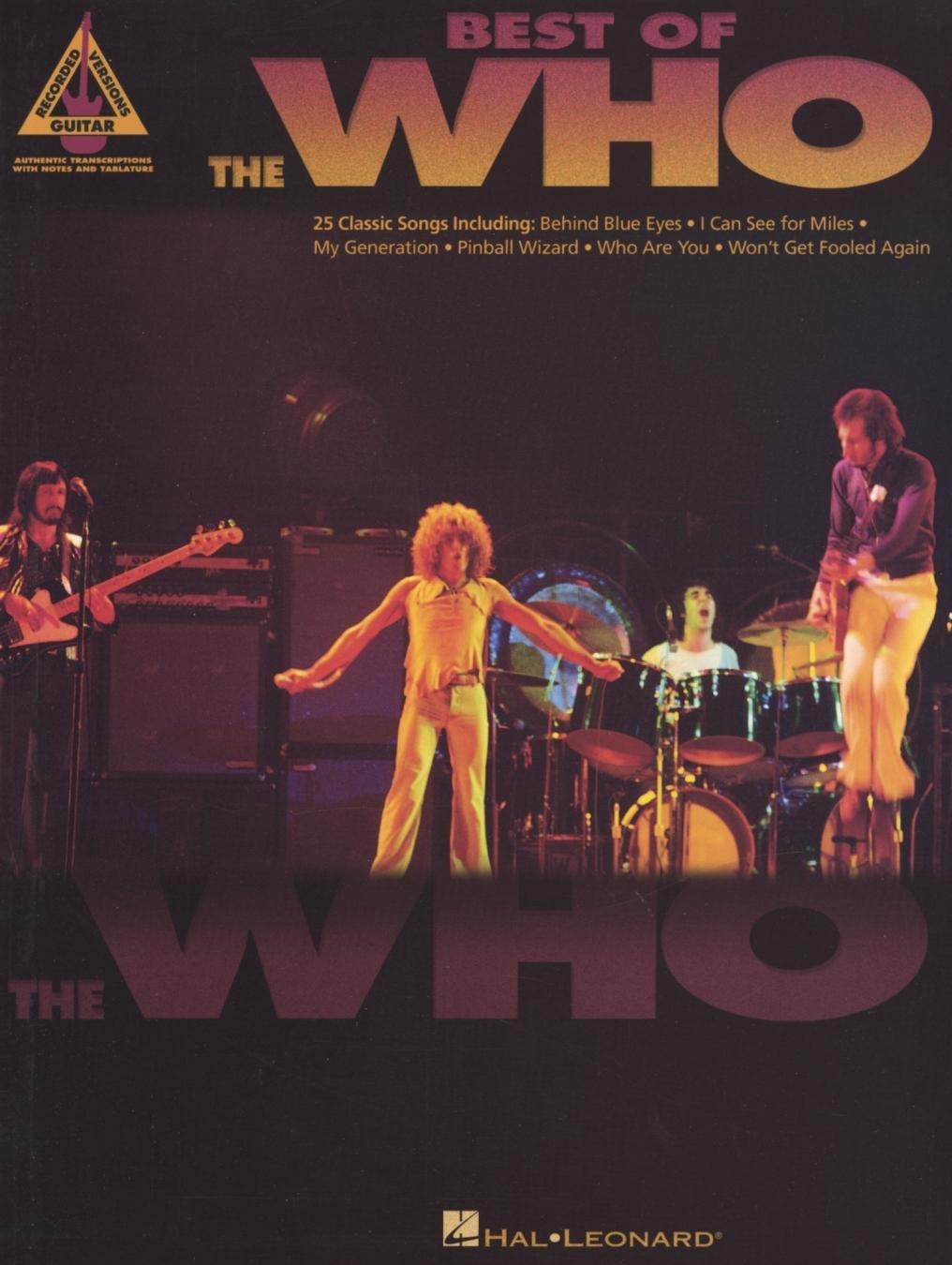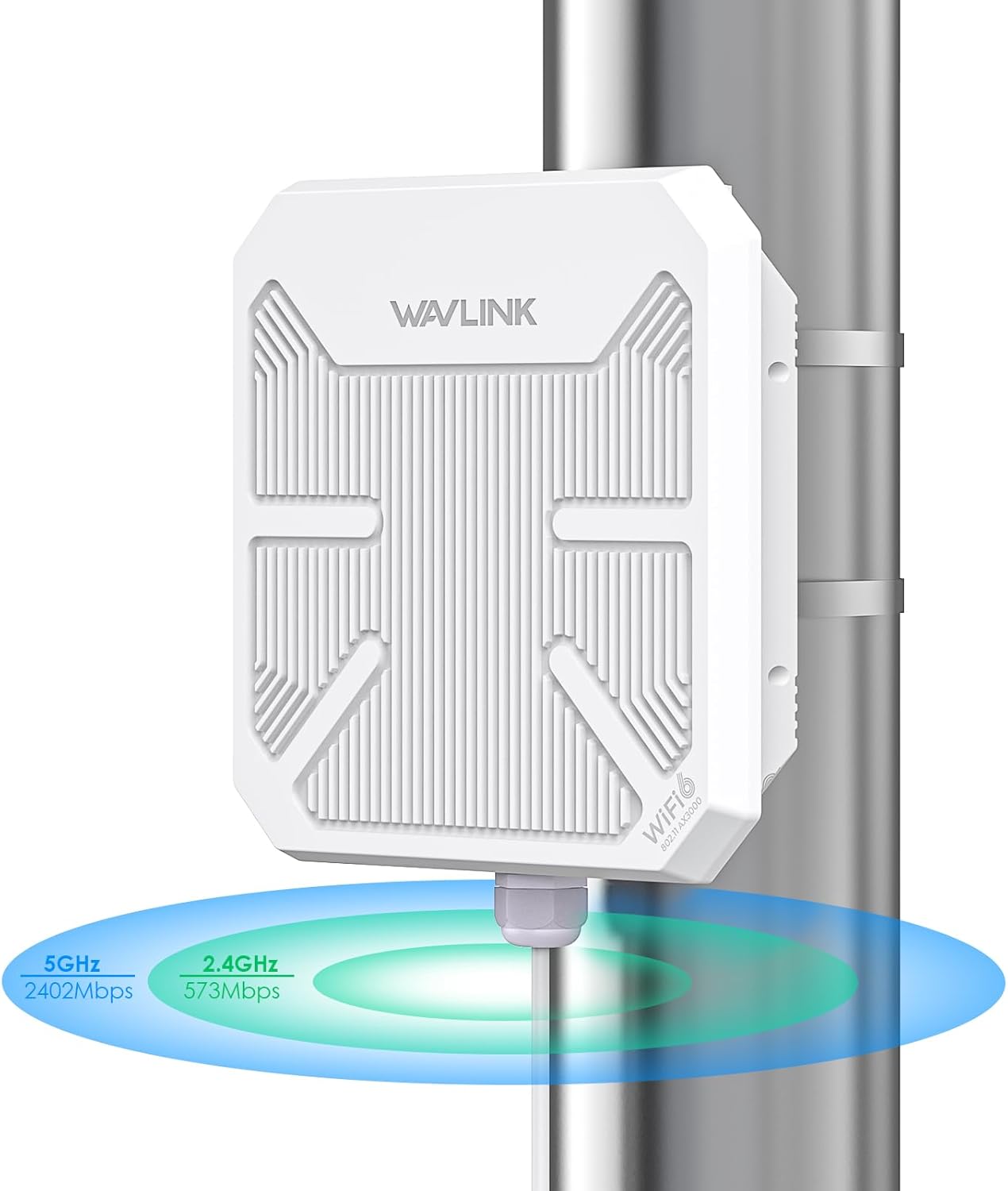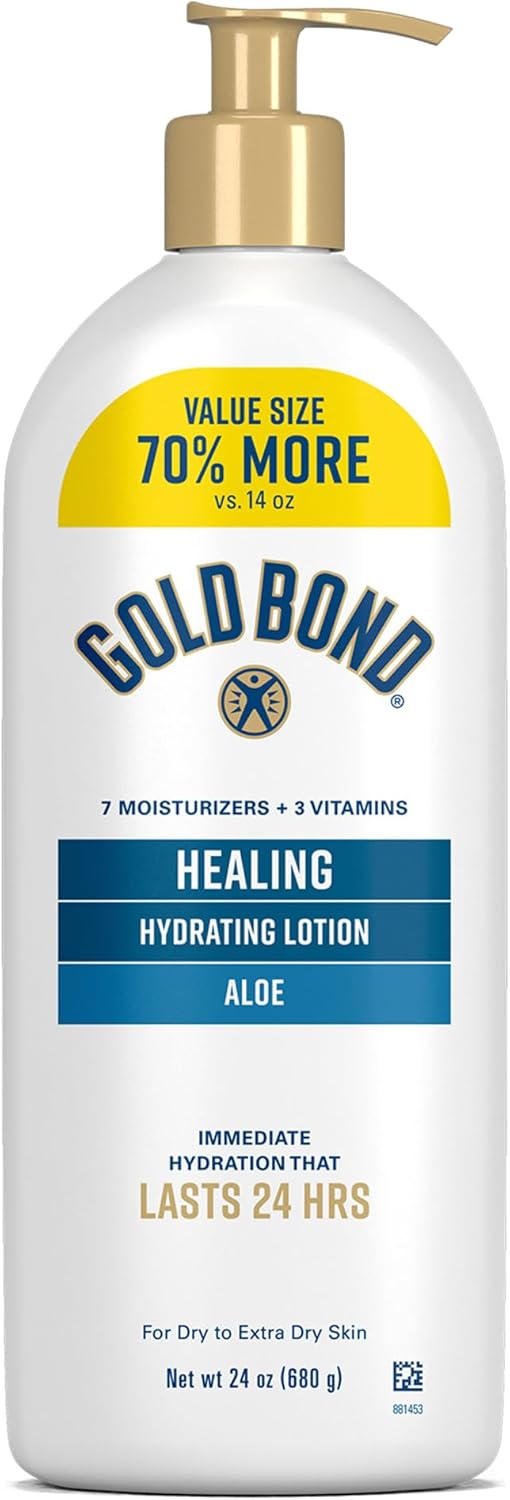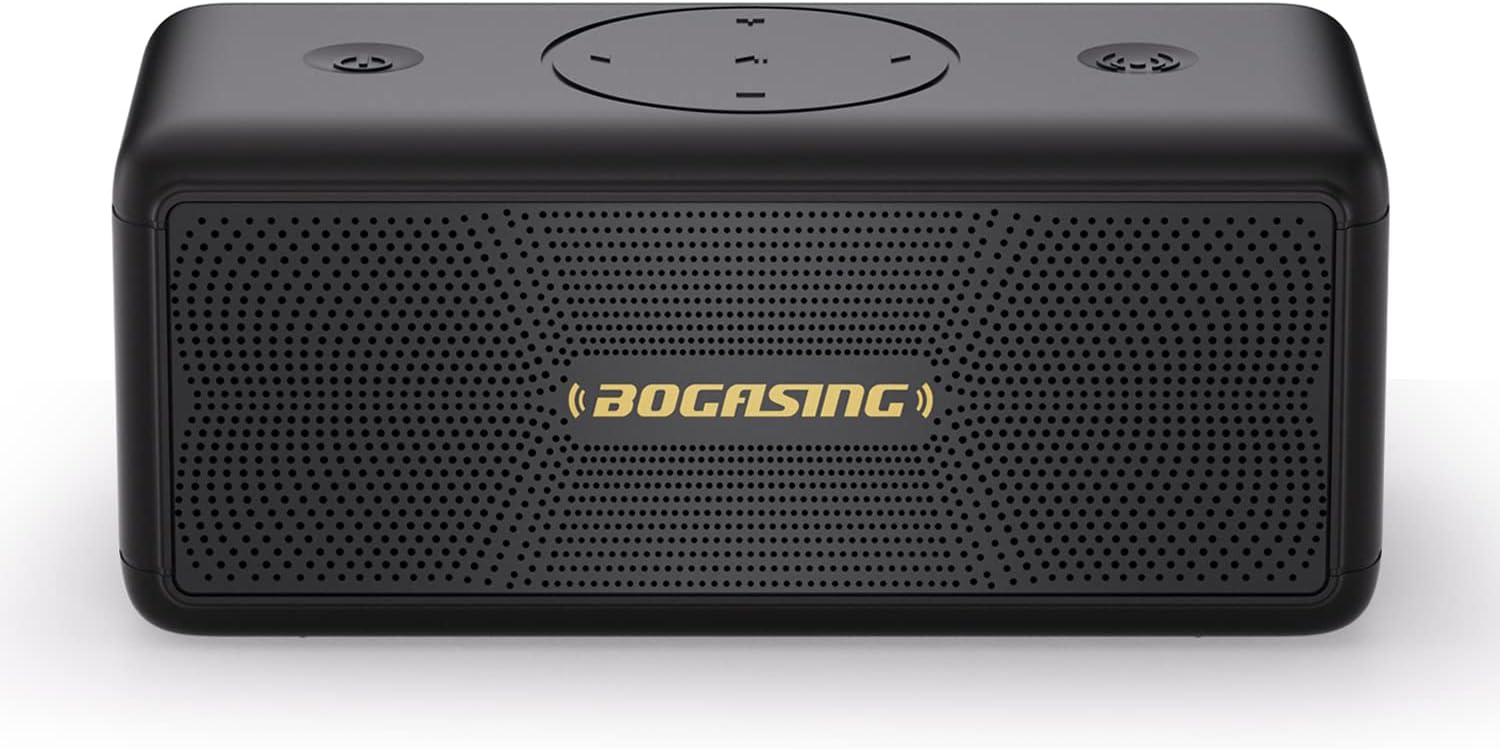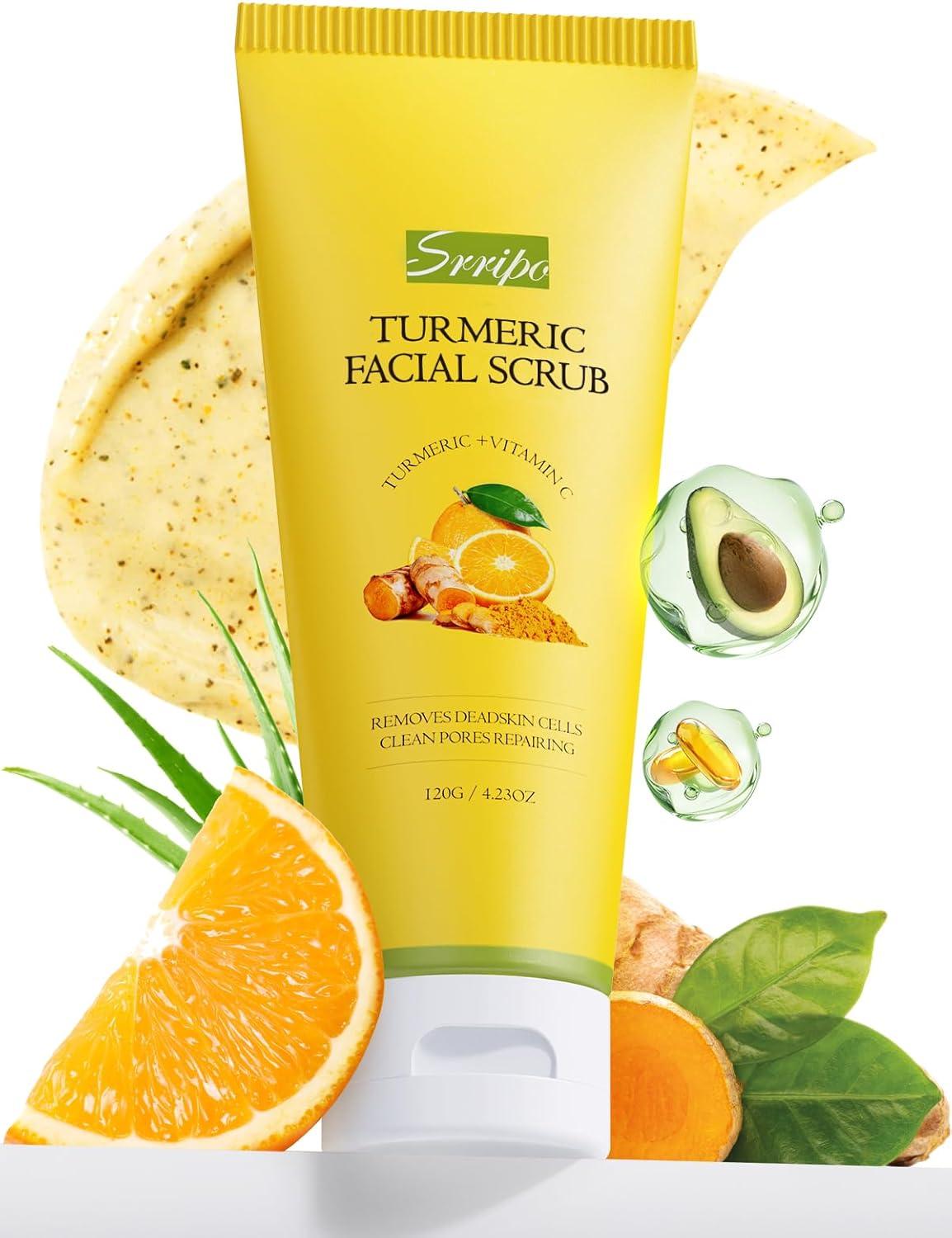Mastering Skin Disease with the Dermatology Pocket Guide

This pocket guide is an invaluable resource for dermatologists and students alike. It compiles essential information on dosing, workup, and management for a wide range of skin diseases and medications. The guide is incredibly detailed, containing over 6,000 words of curated data from leading dermatology references.I particularly appreciate how it covers both simple and complex systemic medications, as well as protocols for physical treatment modalities like ultraviolet therapy and lasers. The inclusion of differential diagnoses for rashes and PASI scores for biologics makes it a extensive tool for clinical practise.
The foldable card design is highly practical, fitting easily into a pocket or/themes/ui-kit-loop-js" style="background-color: #f8f9fa; padding: 10px; border-radius: 5px;">.The layout is user-friendly, with clear sections for workup, management, and dosing. While the information is highly detailed, it’s presented in an organized manner that makes it easy to reference during busy clinical rotations. One minor downside is that some sections could benefit from more visual aids,but it’s an excellent quick reference for both experienced dermatologists and residents.
| Feature | Pros | Cons |
|---|---|---|
| Comprehensive content | Over 6,000 words of curated data | Could use more visual aids |
| Dosage & management | Covers both simple and complex medications | Somewhat dense for quick reads |
| Physical modalities | Includes UV therapy, PDT, lasers | Limited space for some topics |
Exploring the core Features of Our Quick Reference Tool

I recently used the Dermatology Pocket Guide by Derm Educate for quick references during clinical rotations. ItS a comprehensive resource that compiles essential dosing, workup, and management information for both common and complex skin conditions. the guide is especially useful for resident and medical students, as it provides concise yet detailed insights into systemic medications, biologics, and physical treatment modalities like lasers and phototherapy.the inclusion of PASI scores and differential diagnoses for rashes makes it a go-to tool for everyday practice.
The layout is highly efficient, condensing over 6,000 words into a portable folded card. I appreciated the clear separation of topics,from general dermatology to surgical dermatology and dermoscopy. The bonus section on protocols for ultraviolet therapy and photodynamic therapy was particularly helpful, offering practical guidelines at a glance.
Here’s a concise summary of its key features, pros, and cons in a structured table for easy reference:
| Key Features | Pros | Cons |
|---|---|---|
| Workup & Management of Complex Skin Disease | • Compact design | • Limited space for some topics |
| Adult & Pediatric Dosing | • Updated with latest references | • May not cover rare medications |
| Physical treatment Modalities | • Includes laser, PDT, & phototherapy protocols | • Heavy text density |
| Reference-Based Information | • Cites reputable sources (JAAD, UpToDate) | • Some details may need verification |
For quick on-the-go consultations, this guide is indispensable. If you need a reliable reference for dermatology, here’s a direct link to purchase:

Going Beyond Theory Practical Insights for Clinical use

I find The Dermatology Pocket Guide to be an incredibly useful, compact resource that covers a vast array of topics in dermatology. it compiles essential information on drug dosing, disease workup, and management in a succinct, easy-to-reference format.the guide includes comprehensive details on systemic medications, biologics, and physical treatment modalities like lasers and phototherapy, making it a valuable tool for both residents and practicing dermatologists. The inclusion of differential diagnoses for rashes and pediatric dosing adds even more practicality to its use.
One of the standout features is how it condenses thousands of words into a portable card without sacrificing depth.The layout is intuitive, and the reference-based protocols for complex dermatologic presentations are particularly helpful. while it’s highly detailed, the card is still easy to carry and quick to consult during busy clinical rotations or emergencies. The bonus section on physical treatment modalities is a neat addition, providing protocols for UV therapy, PDT, and lasers. However, some may find the sheer amount of information overwhelming for quick on-the-go reference.Key Features, Pros, and Cons
| Feature | Pros | Cons |
|---|---|---|
| Comprehensive Dosing & Management | • Covers over 2025 words | • May be dense for quick reads |
| Workup & Differential Diagnostics | • Includes rashes and ddx | • Large info can slow urgent decisions |
| Physical Modalities | • Protocols for lasers/PDT/phototherapy | • fewer visuals compared to full guides |
| Paediatric & Adult Dosing | • Accurate dosing for all ages | • Limited space for rare conditions |
This guide is a must-have for any dermatology practitioner, whether you're a resident, medical student, or experienced dermatologist. Its breadth and depth make it an indispensable tool in clinical settings.
How We Integrated This Guide into Our Practice

I find the Dermatology Pocket Guide to be an incredibly practical and comprehensive resource for quick reference in clinical settings. The guide compiles essential dosing, workup, and management information for a wide range of dermatologic conditions and medications, making it a valuable tool for both residents and seasoned practitioners. I particularly appreciate the detailed protocols for physical treatment modalities like ultraviolet therapy, photodynamic therapy, and lasers, which are often overlooked in similar guides. The inclusion of differential diagnoses for rashes and pediatric dosing adds to its versatility, ensuring it covers all bases in general and surgical dermatology.
What sets this guide apart is its ability to distill complex information into a compact, easily portable format. The inclusion of PASI scores and biologic dosing simplifies inpatient consultations, while the bonus section on derm "secrets" offers clinical insights that aren’t typically found in textbooks. it’s a must-have for any dermatology shelf or reference library.
Here’s a quick summary of its key features in a professional table:
| Feature | Details |
|---|---|
| Content | Dosing, workup, management for common & rare dermatoses |
| Specialty Coverage | Systemic meds, biologics, lasers, phototherapy, PDT |
| target Audience | Residents, medical students, practitioners |
| format | Foldable card (17" x 11" when unfolded, 4.25" x 11" folded) |
| Pros & Cons | |
| Pros |
|
| Cons |
|
If you’re looking for a reliable on-the-go resource, this guide doesn’t disappoint.
Achieve New Heights


Dermatology Pocket Guide | Dosing, Workup, & Management | 5th Edition (2025) | A Quick Reference for Skin Disease & Medications | For Dermatologists, Residents, Medical Students, & Practitioners
✅ Workup & Management of Complex Skin disease, including DDx (Differential Diagnosis) for Rashes.

Dermatology Pocket Guide | Dosing, Workup, & Management | 5th Edition (2025) | A Quick Reference for Skin Disease & Medications | For Dermatologists, Residents, Medical Students, & Practitioners
✅ Adult and pediatric dosing.

Dermatology Pocket Guide | Dosing, Workup, & Management | 5th Edition (2025) | A Quick Reference for Skin Disease & Medications | For dermatologists, Residents, Medical Students, & Practitioners
✅ Complex Systemic Medications, Biologics, PASI Scores.

dermatology Pocket Guide | Dosing, workup, & Management | 5th Edition (2025) | A Quick Reference for Skin Disease & Medications | For Dermatologists, Residents, Medical Students, & Practitioners
✅ Physical treatment Modalities like Lasers, Phototherapy, & PDT.
Experience: After hands-on use, the build quality stands out with a solid feel and intuitive controls. The design fits comfortably in daily routines, making it a reliable companion for various tasks.
| Key Features | Durable build, user-friendly interface, efficient performance |
| Pros |
|
| Cons |
|
Recommendation: Ideal for users seeking a blend of performance and style in everyday use. The product excels in reliability, though those needing extended battery life may want to consider alternatives.











